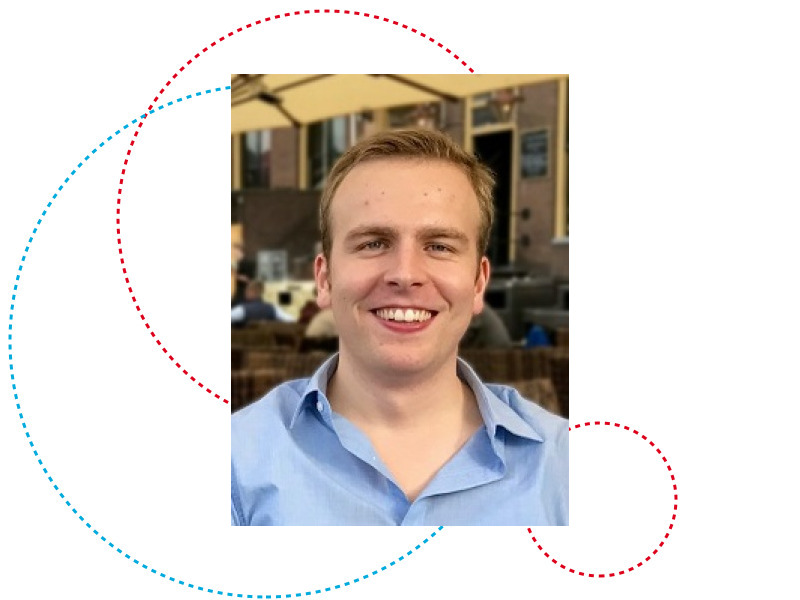Stochastic Thermodynamics allows the definition of heat and work for microscopic systems far from thermodynamic equilibrium from observations of their stochastic dynamics. An interesting scenario is presented by systems with interacting degrees of freedom. I show how one can apply the concept of causal conditioning to define a detached entropy production for a general bipartite Markov process. This quantity simplifies the dissection of the mutual influence the interacting systems have on each other. For the special cases of measurement-feedback systems and sensors I show how the formalism recovers known results which have been obtained separately before.
On the other hand, when some of the degrees of freedom are hidden from observation, a problem arises because a complete account of the energetics of small-scale systems necessitates that all relevant variables are resolved. In many experimental situations this is not feasible. I will present example systems which illustrate the influence of unobserved slow degrees of freedom on the energetics of small-scale systems. The first is a simple microswimmer model for which the observation of its movement alone does not suffice to correctly assess its energy dissipation. With the help of a second model of a driven process, I show that mapping the observed dynamics to a Markov process, while being a promising first attempt, results in the breaking of fluctuation theorems, which quickly exposes this flawed description. Finally, for the setting of a masked Markovian kinetic network, I show a more promising approach, which is to consider the full non-Markovian statistics of the observed data and to try to find an underlying hidden Markov model responsible for generating them.
BIOGRAPHY:
2011-2014: Bachelor studies of Engineering physics at the Jacobs University Bremen and Universität Oldenburg
2014-2016: Master studies at the Universität Oldenburg
2016-2020: PhD Student in the group of Andreas Engel at the Universität Oldenburg working on the Stochastic Thermodynamics with interacting and hidden degrees of freedom
